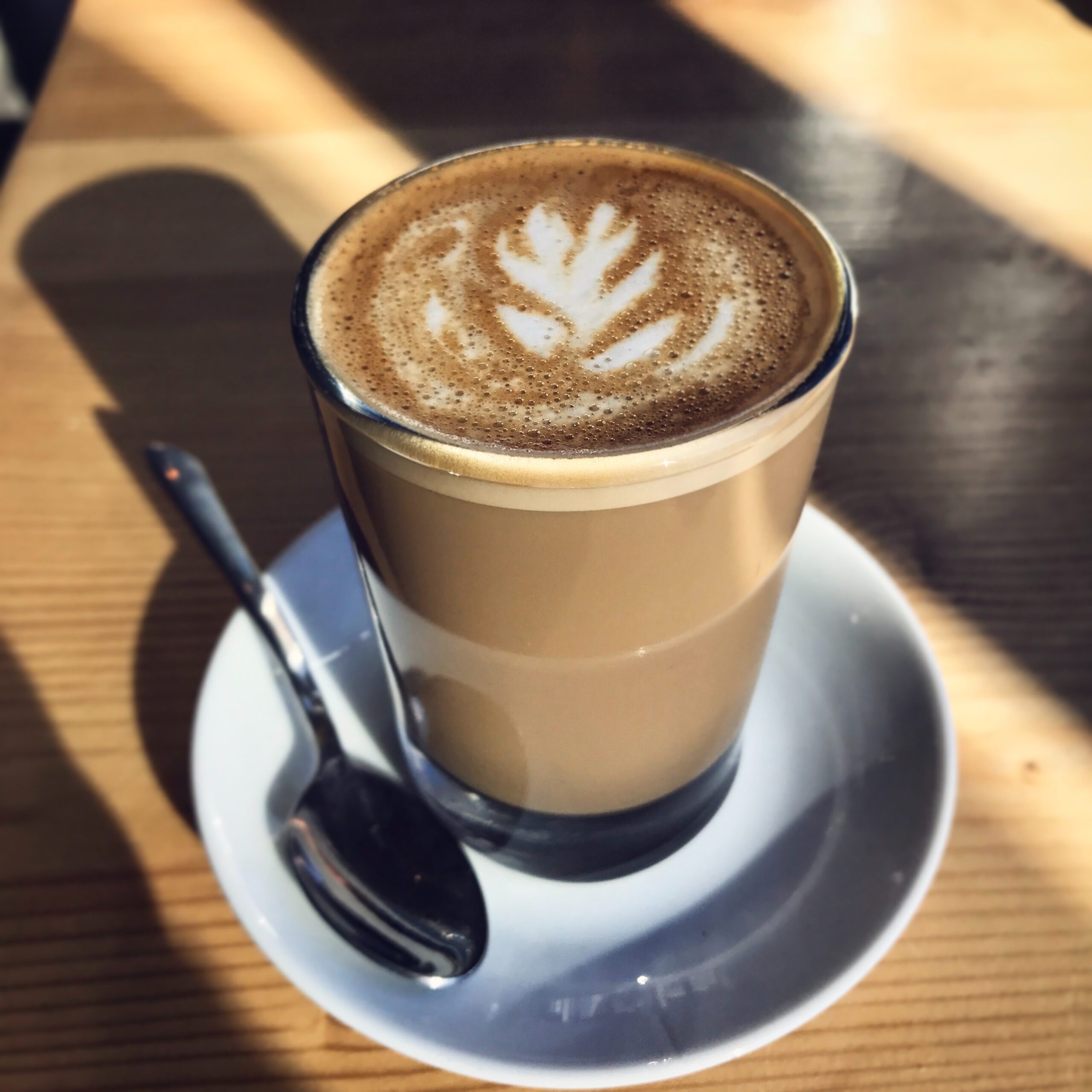Potty training a dog is an important part of responsible pet ownership. It can take time and patience, but with consistent training, your dog can learn to go potty in the appropriate place. Here are some steps to follow when potty training your dog:
- Choose a designated potty area
Choose a specific area in your yard where you want your dog to go potty. If you don’t have a yard, you can always use a Potty Training Mat. This will help your dog learn that this is the appropriate spot to relieve themselves. It’s important to choose an area that is easily accessible, away from any high-traffic areas, and with good drainage. You may want to consider placing a stake or marker in the area to help your dog identify the spot.
- Develop a consistent routine
Establishing a consistent routine is key to successful potty training. Take your dog outside to their designated potty area first thing in the morning, after meals, after playtime, and before bedtime. Dogs are creatures of habit and thrive on routine, so sticking to a consistent schedule will help them learn quickly. If you aren’t able to exercise a proper outdoor routine, a Potty Training Mat will always be an option.
- Use a verbal cue
When you take your dog outside to their designated potty area, use a verbal cue such as “Go potty” or “Do your business”. This will help your dog associate the cue with the act of going potty. Consistently using the same cue every time you take your dog out will help them learn what you want them to do.
- Reward good behavior
When your dog goes potty in their designated area, immediately praise and reward them with treats, verbal praise, and affection. A positively received treat can be meat or dog treats. We recommend Milk-Bone MaroSnacks as a treat for your dog. Positive reinforcement is an effective way to encourage good behavior and will help your dog learn faster. However, if your dog does not go potty after a reasonable amount of time, do not punish them. Simply take them back inside and try again later.
- Supervise your dog
It’s important to supervise your dog at all times during the potty training process, especially when they are inside the house. Keep your dog confined to a small area or crate when you can’t supervise them, and keep an eye on them when they are outside. Keeping a Potty Training Mat in their play area is a good precaution. This will prevent accidents and give you the opportunity to praise and reward good behavior.
- Recognize signs that your dog needs to go potty
Learn to recognize the signs that your dog needs to go potty, such as sniffing, circling, or whining. When you see these signs, immediately take your dog outside to their designated potty area and use your verbal cue. This will help your dog learn to communicate with you when they need to go.
- Clean up accidents properly
Accidents are bound to happen during the potty training process. When they do, it’s important to clean them up properly to prevent your dog from returning to the same spot. Use an enzymatic cleaner to eliminate any odor that may attract your dog back to the spot. Avoid using ammonia-based cleaners, as they can actually encourage your dog to go potty in the same spot again. For a cleaner, we recommend using Rocco & Roxie Stain & Odor Eliminator as it provides a safe and effective cleanse for your dog’s potty area.
- Be patient and consistent
Potty training a dog can take time and patience. Be consistent with your training, and remember to praise and reward good behavior using treats like Milk-Bone MaroSnacks or any form of treat you have that is safe for pet consumption. Don’t punish your dog for accidents, as this can confuse them and slow down the training process. With consistent training and positive reinforcement, your dog will learn to go potty in the appropriate place.
- Gradually give more freedom
Once your dog has learned to go potty in their designated area consistently, you can gradually give them more freedom in the house. If they potty in an area they aren’t trained, be sure to use Rocco & Roxie Stain & Odor Eliminator as it provides a pet-friendly way of cleaning an area your dog has not been assigned. Start by giving them access to one room at a time, and gradually increase their freedom as they prove themselves reliable. If your dog has an accident, it’s a sign that they may not be ready for more freedom yet. If this is the case, a Potty Training Mat may be a good resource, much like a litter box is for a cat or any feline.
In conclusion, potty training a dog can be challenging. However, if you apply our suggestions, you will find that potty training can be a fun learning experience for both you and your best friend.
























